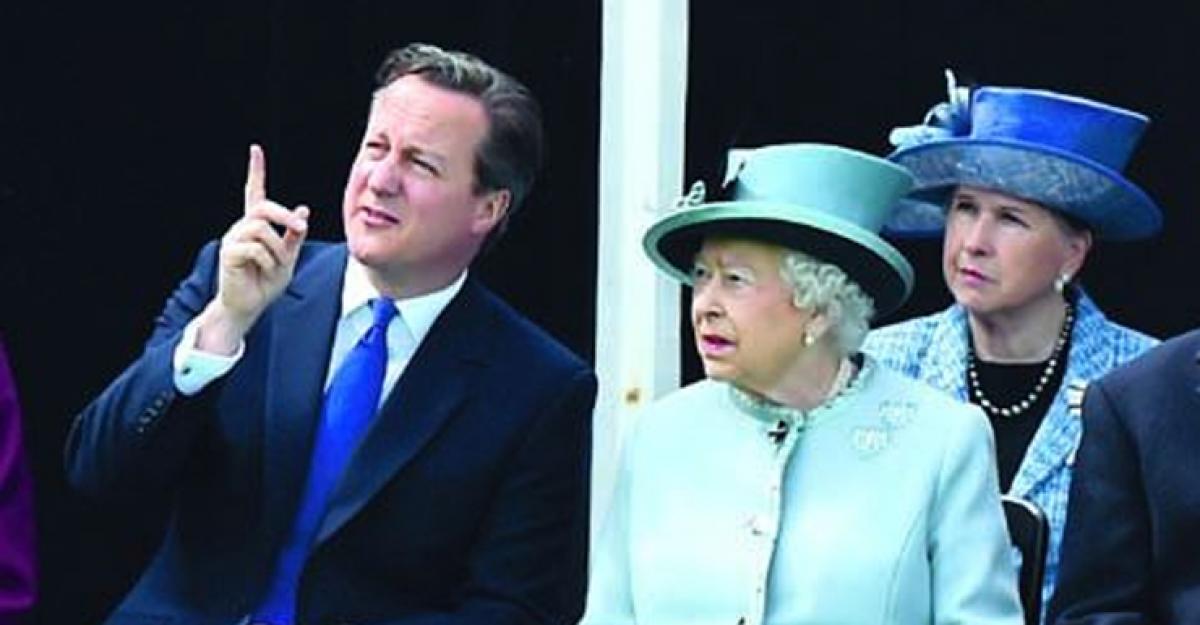Live
- Every Doctor Should Provide Medical Services with a Humanitarian Perspective - DMHO Dr. K.V. Swarajya Lakshmi
- Hyderabad Court Sentences Man to Life Imprisonment for Rape of Minor; Victim's Death Sparks Efforts for Justice
- Impressed Clay Ganesh Idols Making at School
- Department of Information Technology, Electronics & Communications, Government of Telangana
- Despite sacrifices, Indian Muslims have to face CAA, NRC & Waqf Bill: Prashant Kishore
- India successfully launches Agni-4 ballistic missile
- BJP's J&K election manifesto promises Rs.18,000; two free cylinders for women
- Maha BJP chief accuses MVA of spreading fake narratives ahead of Assembly polls
- Maha BJP chief accuses MVA of spreading fake narratives ahead of Assembly polls
- India’s first Silicon Carbide manufacturing facility to be set up in Odisha










